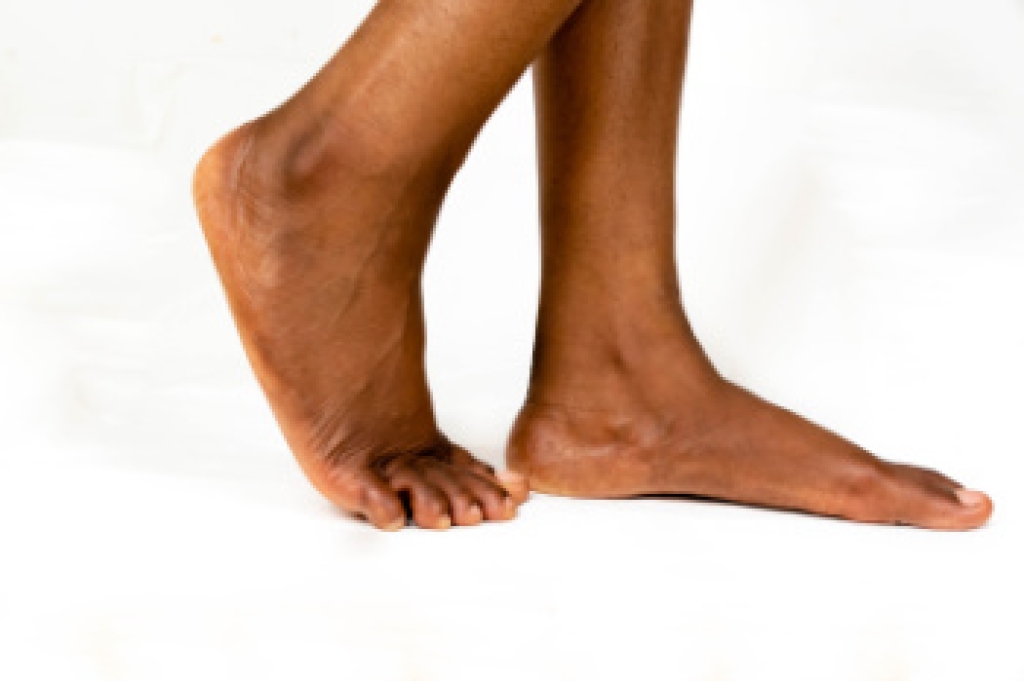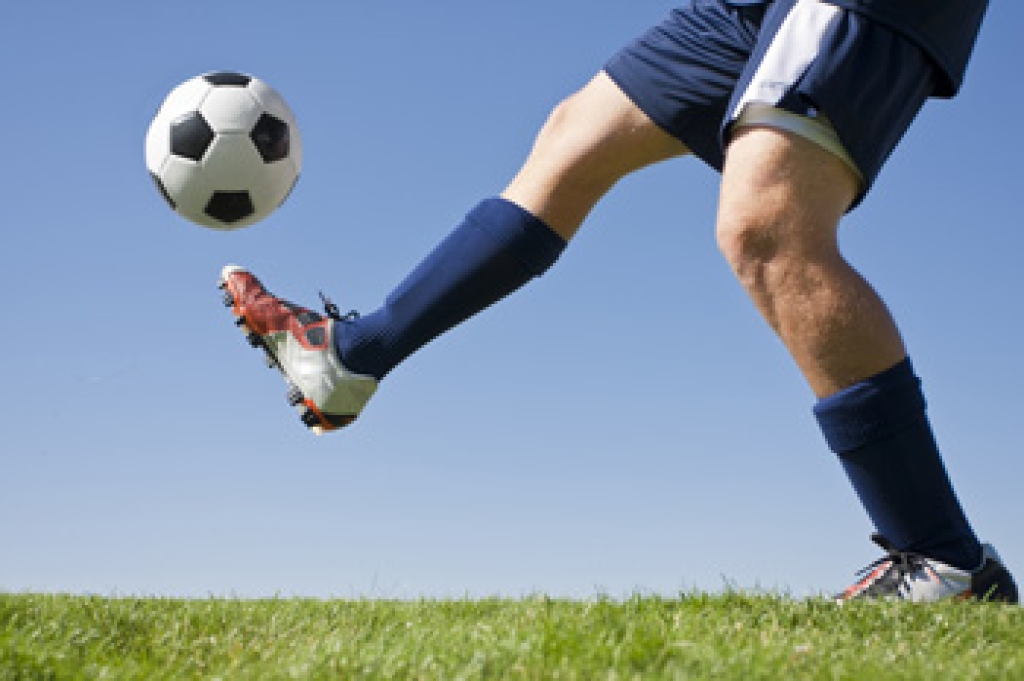
Many people reach for running shoes when they head out for a walk, and in many cases this choice works well. Running shoes are designed to absorb impact, support forward motion, and cushion the feet during repetitive steps. These features can make walking more comfortable, especially on hard surfaces. However, not every running shoe suits every walker. Some styles are built for speed and may feel too firm or too curved for a steady walking pace. Others have extra cushioning that can change how the foot contacts the ground. Paying attention to how your feet feel during and after a walk is the best guide. If discomfort, pressure points, or unusual fatigue develop, it is suggested that you schedule an appointment with a podiatrist for personalized footwear advice.
For more information about walking shoes versus running shoes, consult with one of our podiatrists from Mt Rose Foot & Ankle Specialists. Our doctors can measure your feet to determine what your needs are and help you find an appropriate pair of footwear.
Foot Health: The Differences between Walking & Running Shoes
There are great ways to stay in shape: running and walking are two great exercises to a healthy lifestyle. It is important to know that running shoes and walking shoes are not interchangeable. There is a key difference on how the feet hit the ground when someone is running or walking. This is why one should be aware that a shoe is designed differently for each activity.
You may be asking yourself what the real differences are between walking and running shoes and the answers may shock you.
Differences
Walking doesn’t involve as much stress or impact on the feet as running does. However, this doesn’t mean that you should be any less prepared. When you’re walking, you land on your heels and have your foot roll forward. This rolling motion requires additional support to the feet.
Flexibility – Walking shoes are designed to have soft, flexible soles. This allows the walker to push off easily with each step.
If you have any questions, please feel free to contact our office located in Reno, NV . We offer the newest diagnostic and treatment technologies for all your foot care needs.




